Frederica Freyberg:
So Governor Tony Evers danced the election night away and then hit the road for a post-victory tour of K-12 schools across the state. Students he visited this week were mostly too young to vote, but our next guest says the youth vote this past Tuesday was a key to Evers’ win. Amber Wichowsky is professor of political science at Marquette University and director of the Marquette Democracy Lab. Thanks very much for being here.
Amber Wichowsky:
Thanks for having me.
Frederica Freyberg:
So you’ve got a lot of other takeaways from Tuesday’s election, but the youth vote stands out for you. Why?
Amber Wichowsky:
Yeah. Absolutely. There’s a question heading into Tuesday about whether or not the high turnout and deep civic engagement we’ve seen among Gen-Z voters would actually continue this election. There’s some polling data suggesting that younger voters weren’t as enthusiastic this time around, but on Tuesday, we saw that in many places including Wisconsin, young voters were turning out at relatively high rates. I say “relatively” because younger voters still vote at lower rates than older voters, but Tusk University estimates approximately 27% of 18 to 29-year-olds voted on Tuesday in states like Wisconsin, Pennsylvania, Michigan. These were states where there were issues that very much are being debated, on the ballot in some cases, and these are issues that are animating young voters, and we are seeing them continue to turn out.
Frederica Freyberg:
Speaking of the issues, what were the issues that brought younger people to the polls compared to older voters?
Amber Wichowsky:
Yeah. One issue that stands out is abortion. If you’re looking at public opinion data heading into Tuesday, abortion was more likely to be identified as a top issue for younger voters. Younger voters are also more likely to cite climate change as an issue of pressing concern for them. They are slightly less likely to say things like inflation, issues that tend to both advantage Republicans and also tend to animate older voters. So the issue with Gen-Z is not just their rates of participation, which they are civically engaged generation, but this is a generation breaking for Democrats, so they are voting 3 to 1 for Democratic candidates, and that together is going to help delivers votes for Evers here in Wisconsin.
Frederica Freyberg:
So if the youth vote was a key to Evers’ win, why did it not lift Democrat Mandela Barnes to the same extent?
Amber Wichowsky:
Yeah. First, I want to qualify youth vote. There’s some really important distinctions within the youth vote. One is that young voters of color are more likely to vote Democratic compared to their white Gen-Z voters. So we have a little bit of a racial and ethnic difference with Gen-Z. We have a gender gap within Gen-Z but also a college divide as well. So, it isn’t just that all young voters are turning out. It really is those that are in college or college educated. Now, if we look at the map here in Wisconsin to try to understand where were the places, and where are the voters who were switching their ticket, splitting their tickets, excuse me, between Evers and Johnson? These tended to be places where Republicans did better. It’s not a perfect correlation, but in places of the state where Republicans did better, you were more likely to see voters split their tickets. Places that have been Democratic strongholds, Milwaukee, Dane County, you saw less ticket splitting. Now there still was some and you add all those votes together and it meant that Barnes helped to close the gap, but not enough to win on Tuesday. So, 2022 is going to come down to an election where we don’t have a clear narrative coming out of this election. There were so many factors at play across both the state as well as the country.
Frederica Freyberg:
Well, as director of your Democracy Lab, you engage with Marquette students on the kind of rudiments of voting, like, what you need to do, where to go, issues. Did that have an impact in this last election, have you found?
Amber Wichowsky:
Absolutely. So, we’re still digging into the data, but if you look at ward level data here in Milwaukee County, turnout in Milwaukee County was down a little bit compared to 2018. Places where we saw turnout stay, or in some cases the percentage of registered voters increased, were actually near college campuses including here in our wards around Marquette. So some of the things that we do are just educating students about what they need to vote. What is their proof of residency? What photo ID do they need? Where is their polling location? In Milwaukee, in a cycle, our polling locations shifted somewhat because of redistricting so we had to make sure students knew where their polling locations were. If students moved since the last time they voted, students needed to know they needed to re-register. Young voters often have some additional hurdles to overcome in terms of voting. So we wanted to make sure students were informed, and they were empowered to exercise their voting rights on Tuesday.
Frederica Freyberg:
With less than a minute left, you’ve also said that Tuesday’s results show this is not a state where Donald Trump can come in and recreate 2016. Why not?
Amber Wichowsky:
Well, absolutely. Look at the suburban counties outside of Milwaukee. These used to be the Republican strongholds, and Evers, we saw it in 2018, 2020. The question was with Trump not on the ballot, and Trump not in the race, would those voters continue to vote for Democrats, at least at somewhat higher margins than they historically had? For those reasons including some areas around Green Bay, the number of votes coming out of Dane County, out of Milwaukee, those shifting margins, it’s just not a state that Trump will likely be able to win.
Frederica Freyberg:
Alright, Amber Wichowsky, thank you very much.
Amber Wichowsky:
Thanks for having me.
Search Episodes

Donate to sign up. Activate and sign in to Passport. It's that easy to help PBS Wisconsin serve your community through media that educates, inspires, and entertains.
Make your membership gift today
Only for new users: Activate Passport using your code or email address
Already a member?
Look up my account
Need some help? Go to FAQ or visit PBS Passport Help
Need help accessing PBS Wisconsin anywhere?

Online Access | Platform & Device Access | Cable or Satellite Access | Over-The-Air Access
Visit Access Guide
Need help accessing PBS Wisconsin anywhere?

Visit Our
Live TV Access Guide
Online AccessPlatform & Device Access
Cable or Satellite Access
Over-The-Air Access
Visit Access Guide
 Passport
Passport





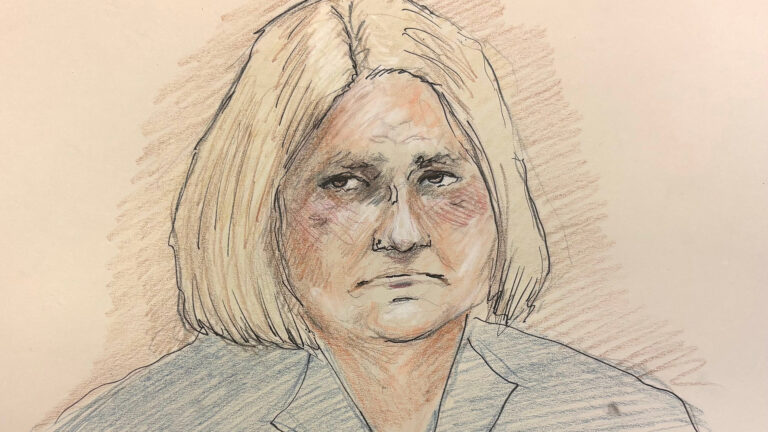
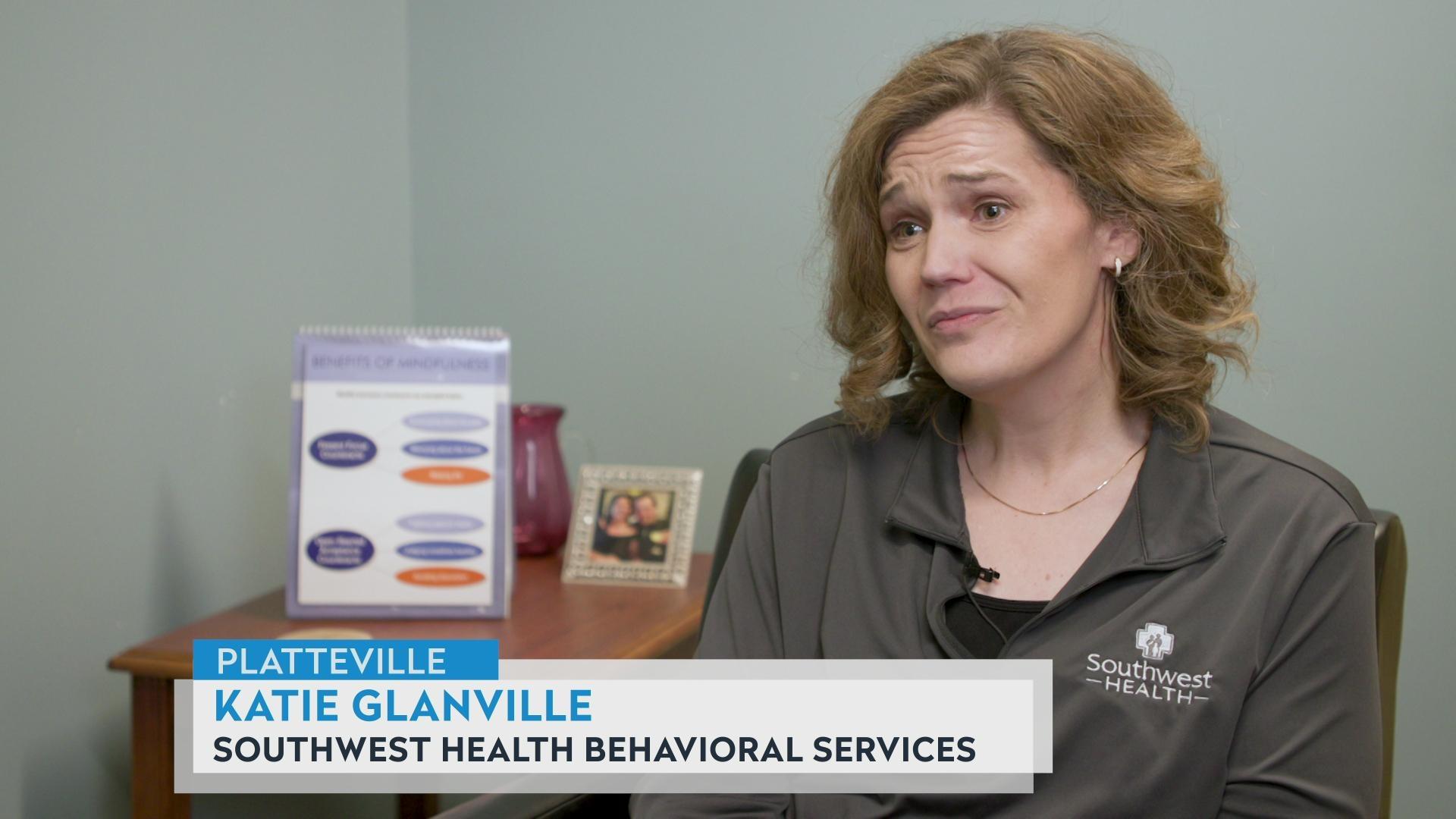






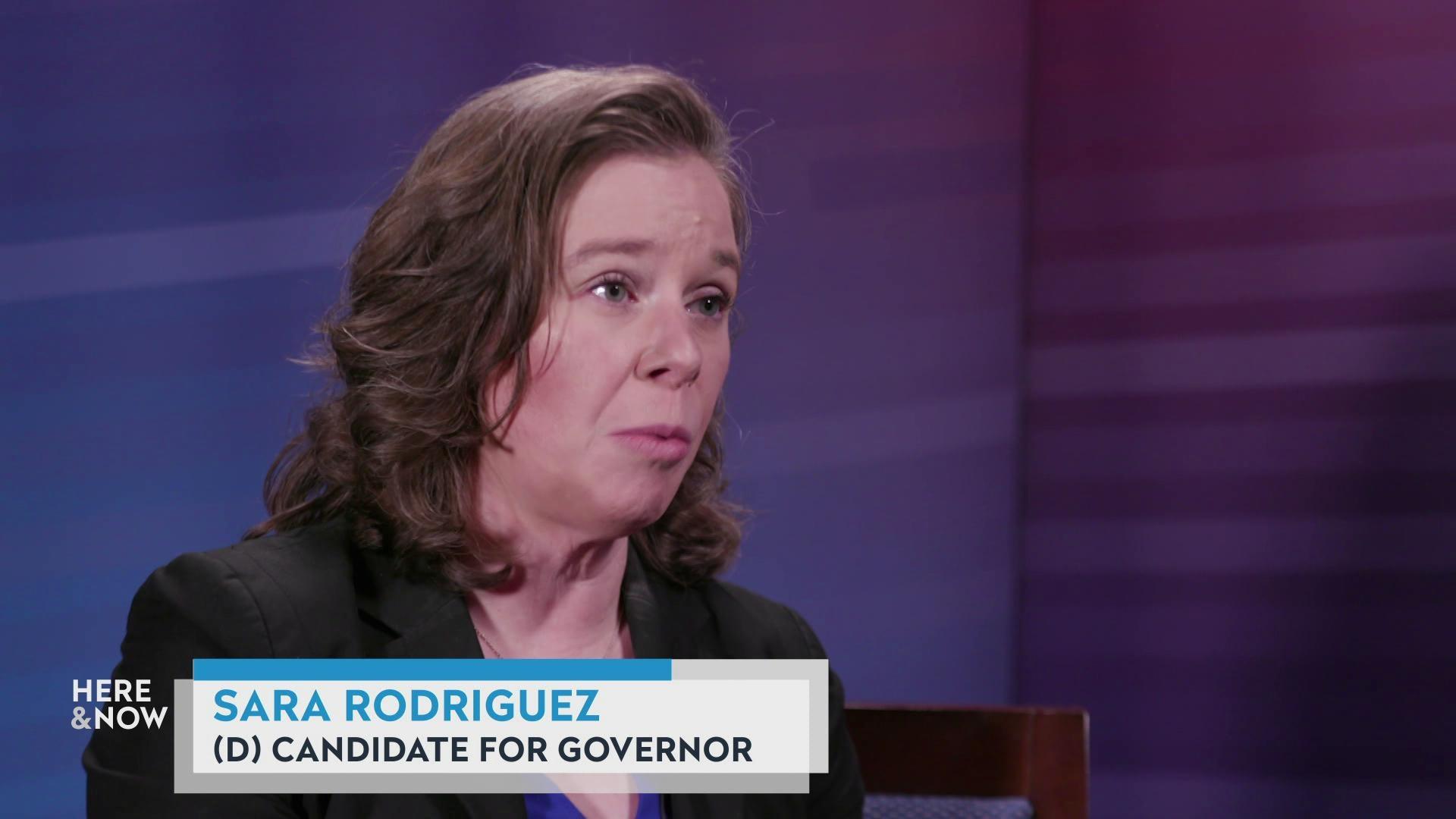
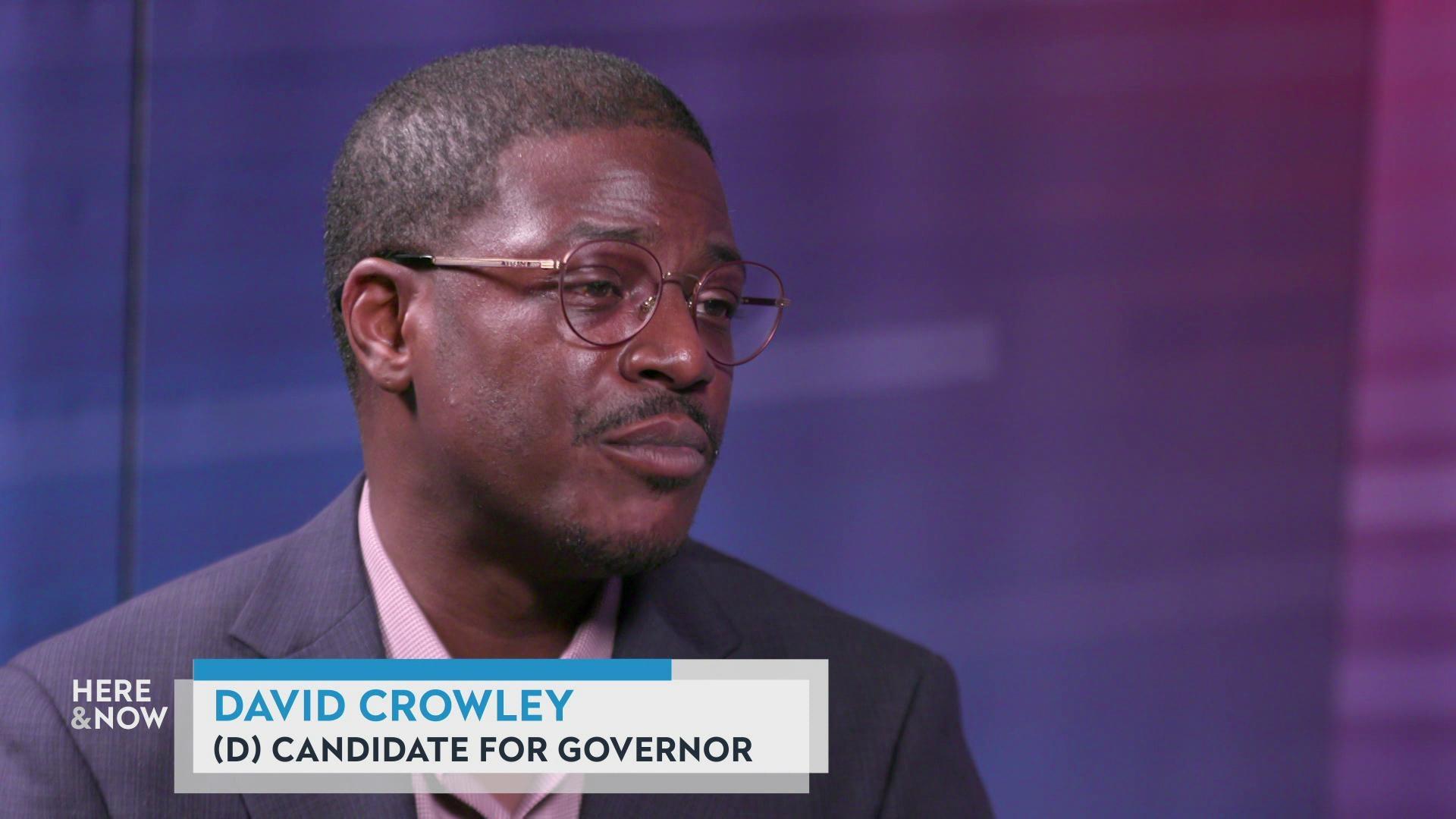
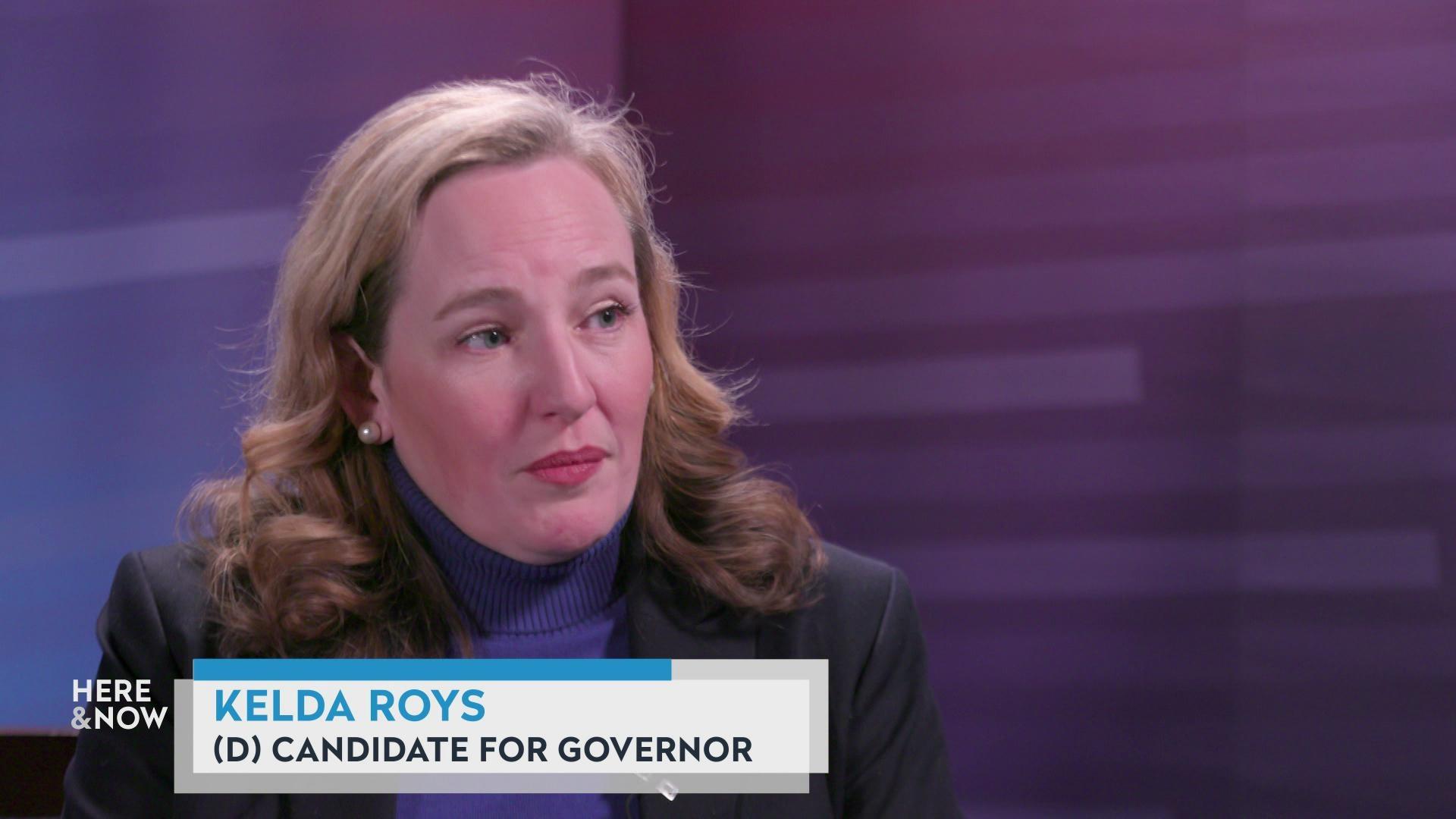
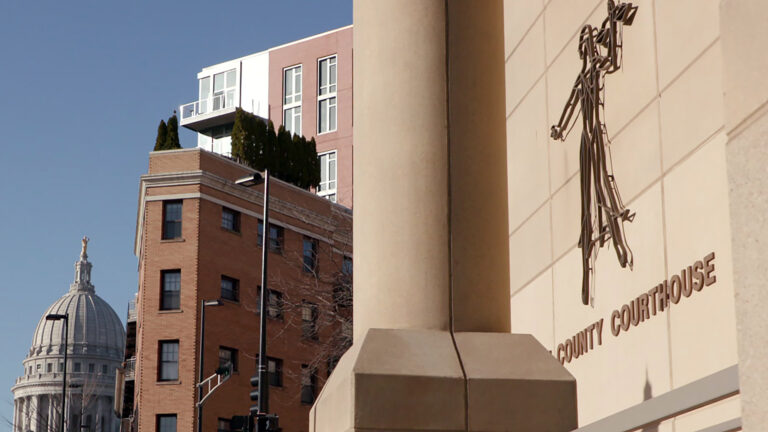

Follow Us